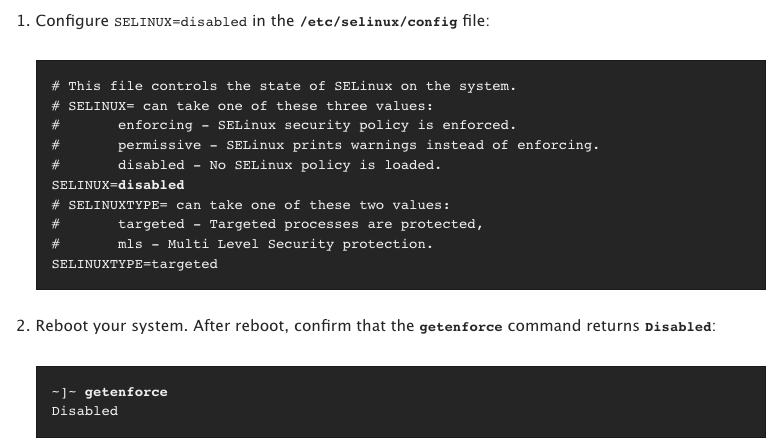...
If you're running CentOS or any other Red Hat-derived distribution, we recommend that you turn off SELinux. Permissive mode was tested and it worked well, just very nagging; the default mode is known to interfere with NMIS. Disabling SELinux is a lot easier than performing the extensive configuration that SELinux needs. To check if SELinux is disabled you can use the command getenforce. If SELinux is enabled , you can disable by following the commands in CentOS 6.8, an example of how to disable it is below:
Similarly, if you have a firewall on your server (e.g. iptables) you need to make sure that it accepts incoming HTTP (possibly HTTPS) connections, and SNMP traps and Syslog connections/packets. This involves incoming connections to TCP ports 80 and 443, and UDP ports 161, 162 and 514.
...
